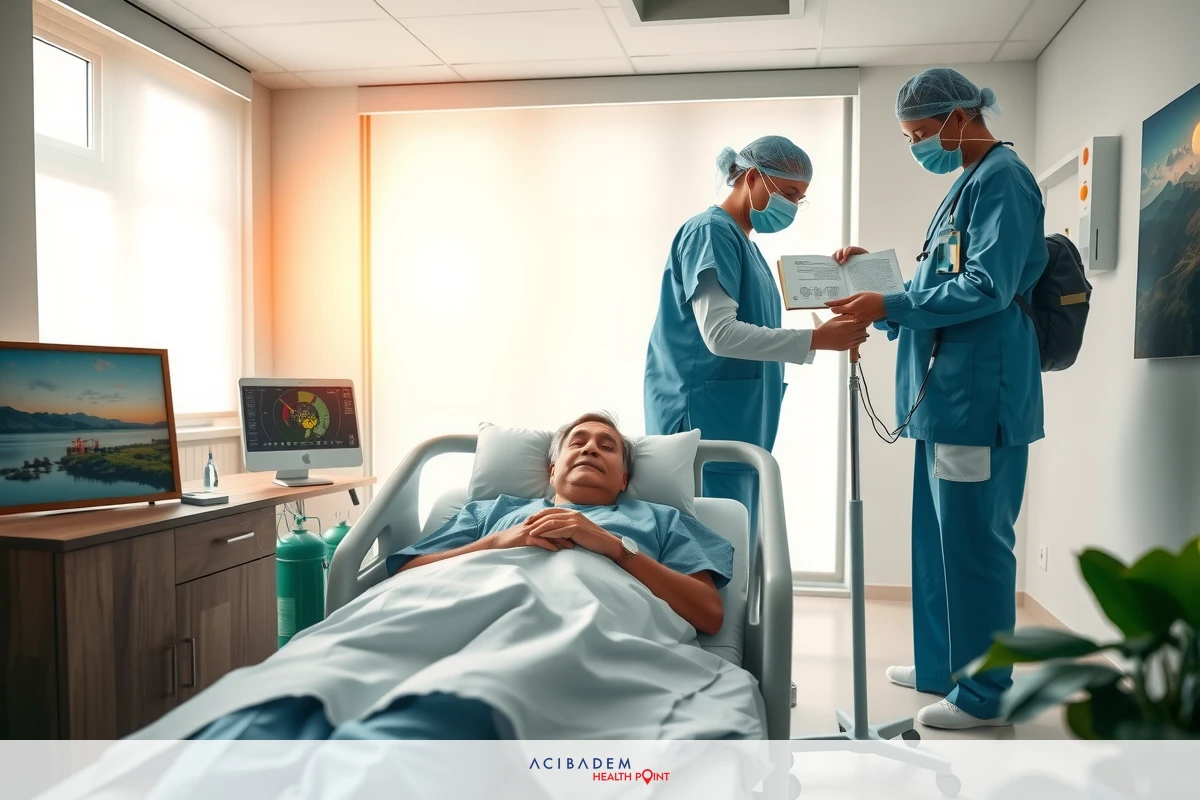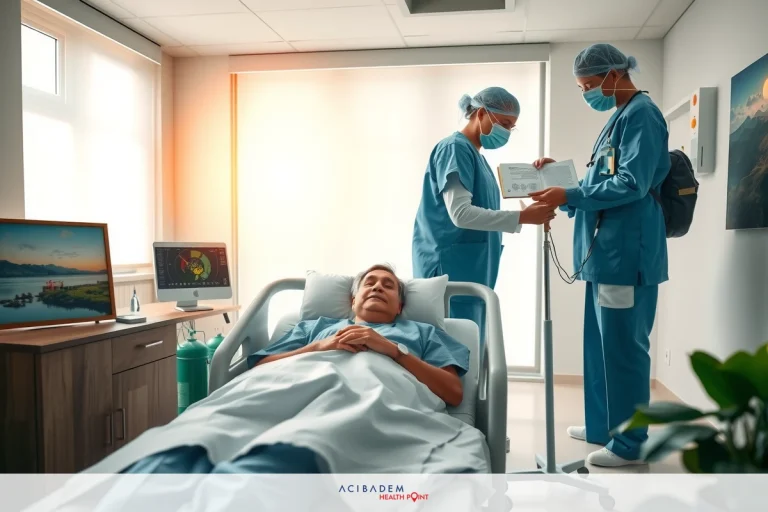Is Rhinoplasty is Safe?
Is Rhinoplasty is Safe? Rhinoplasty, often referred to as a ‘nose job’, is commonly performed for aesthetic reasons or to improve breathing. With any surgical intervention, safety is a paramount concern. The question of the safety of rhinoplasty thus arises in many minds.
While numerous benefits are associated with this type of surgery, such as improved appearance and enhanced self-confidence, it’s vital to note that potential risks exist. Complications could include infection, bleeding or scarring – although these instances are rare.
Understanding the recovery process post-rhinoplasty also plays a critical role in ensuring patient preparedness and enhancing overall procedure safety. For example, swelling or bruising may be expected after surgery but generally subsides within weeks.
Is Rhinoplasty is Safe? Benefits of Rhinoplasty
Rhinoplasty, a surgical procedure commonly known as a ‘nose job’, offers a variety of benefits that can contribute significantly to an individual’s quality of life. Beyond the obvious aesthetic improvements, rhinoplasty can offer functional enhancements such as better breathing due to nose reshaping. Improved appearance often leads to enhanced self-confidence – another substantial benefit derived from this procedure.
The safety and effectiveness of rhinoplasty have been well established in numerous clinical studies over the years. It is widely recognized as one of the safest cosmetic procedures when performed by qualified professionals. However, like any surgery, it carries some risks which should be discussed thoroughly with your surgeon before proceeding.
One major benefit not often talked about is its potential for improving sleep quality through remedying conditions like snoring or sleep apnea caused by nasal obstructions. This not only improves overall health but also contributes positively towards daily productivity and mood regulation. Coupled with improved appearance and increased self-esteem, these benefits make rhinoplasty an attractive option for many people seeking positive changes in their lives.
While considerations around safety are essential – particularly understanding associated risks – it’s important that potential patients research carefully and find experienced surgeons who specialize in rhinoplasty procedures to ensure optimum results.
Risks and Complications
While rhinoplasty is generally considered a safe procedure when conducted by an experienced surgeon, it’s essential to understand that all surgery carries some degree of risk. These potential complications are often manageable if identified early but they can influence the decision-making process for prospective patients.
The most common risks associated with rhinoplasty include surgical complications which may range from minor issues like unfavorable scarring or persistent swelling to more serious ones such as infection or excessive bleeding. Although these occurrences are rare, they’re important factors to take into account.
Infection: Postoperative infections are relatively rare in rhinoplasty procedures; however, if untreated, they could

lead to significant health problems. Bleeding: Some patients might experience nosebleeds after undergoing a rhinoplasty procedure. While this symptom usually subsides within days, severe cases require medical attention.
Scarring: Rhinoplasty typically leaves minimal visible scarring since incisions are made inside the nostrils. Nonetheless, more extensive surgeries may result in noticeable scars.
Swelling and Bruising: Temporary swelling and bruising around the eyes and nose is normal following surgery but should subside within two weeks.
Anaesthetic Risks: As with any surgery requiring anesthesia, there’s always a small risk of adverse reactions including allergic responses or breathing difficulties post-surgery.
Understanding these risks helps provide a balanced view on the safety aspects of rhinoplasty while reinforcing the importance of choosing an experienced surgeon specializing in this field.
Recovery Process
The recovery process after rhinoplasty surgery is an essential part of ensuring the procedure’s success and safety. There’s a wide range of experiences, and individual healing times can vary based on personal health, age, and the complexity of the surgical intervention. Often characterized by phases rather than a linear progression, this recovery period could be as short as two weeks or extend up to six months for complete healing.
Initially following surgery, patients might experience bruising around their eyes alongside swelling in the nasal area – common symptoms that usually subside within two weeks post-operation. The first week may also see mild discomfort which can be managed with prescribed medication from your surgeon. It’s important for patients to follow their surgeon’s advice regarding rest during this time; over-exertion could prolong recovery and increase risk of complications.
In terms of long-term recovery prospects, gradual improvement is generally observed over several months following rhinoplasty surgery. During this phase known as secondary recovery, residual swelling continues to decrease while breathing function improves if any corrections were made during surgery. This stage requires patience as changes are subtle but significant in achieving the final desired look.
Recovery from rhinoplasty is not only physical but also emotional; it plays a vital role in patient satisfaction with results achieved through this procedure. Regular follow-up appointments with your surgeon throughout the healing process ensure optimal outcomes while addressing any concerns promptly – contributing towards overall safety.
Frequently Asked Questions
What is the optimal age for undergoing rhinoplasty?
There isn't a precise 'ideal age' for rhinoplasty as it largely depends on individual circumstances. However, surgeons generally recommend waiting until facial growth is complete - typically around 16 years for girls and a bit later for boys.
How long does the procedure take?
The length of a rhinoplasty procedure can vary depending on its complexity but most surgeries are completed within one to three hours.
Is there an alternative to surgery for nose reshaping?
Non-surgical alternatives do exist such as filler injections that can alter the shape of your nose temporarily. However, these methods have limitations and cannot replace surgical interventions when significant changes are desired.
Will insurance cover my rhinoplasty procedure?
Coverage varies widely among insurance companies and typically depends on whether the surgery is deemed medically necessary or purely cosmetic. Consultation with your insurer will provide clarity about coverage terms.











